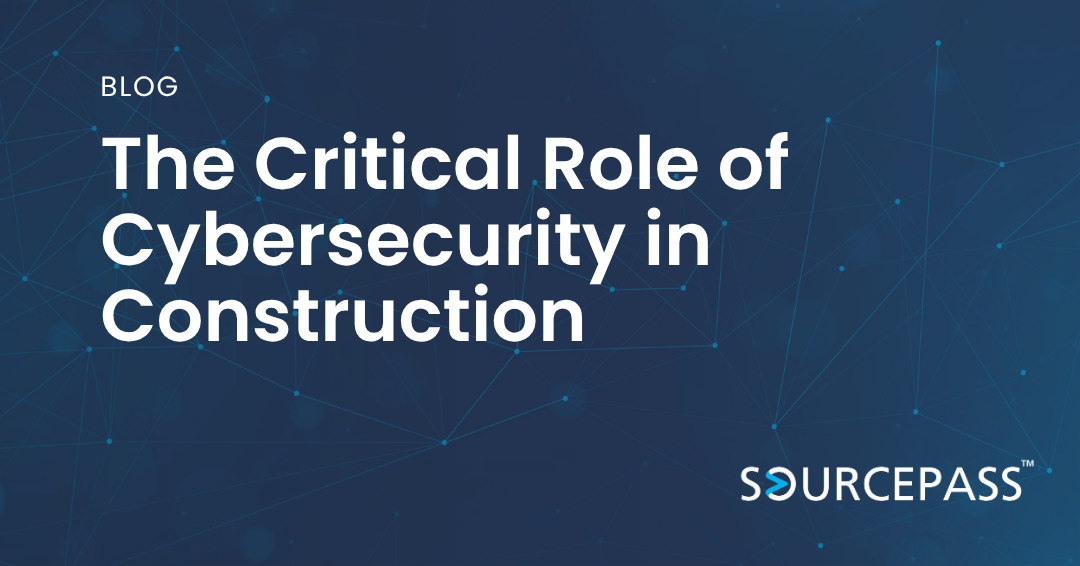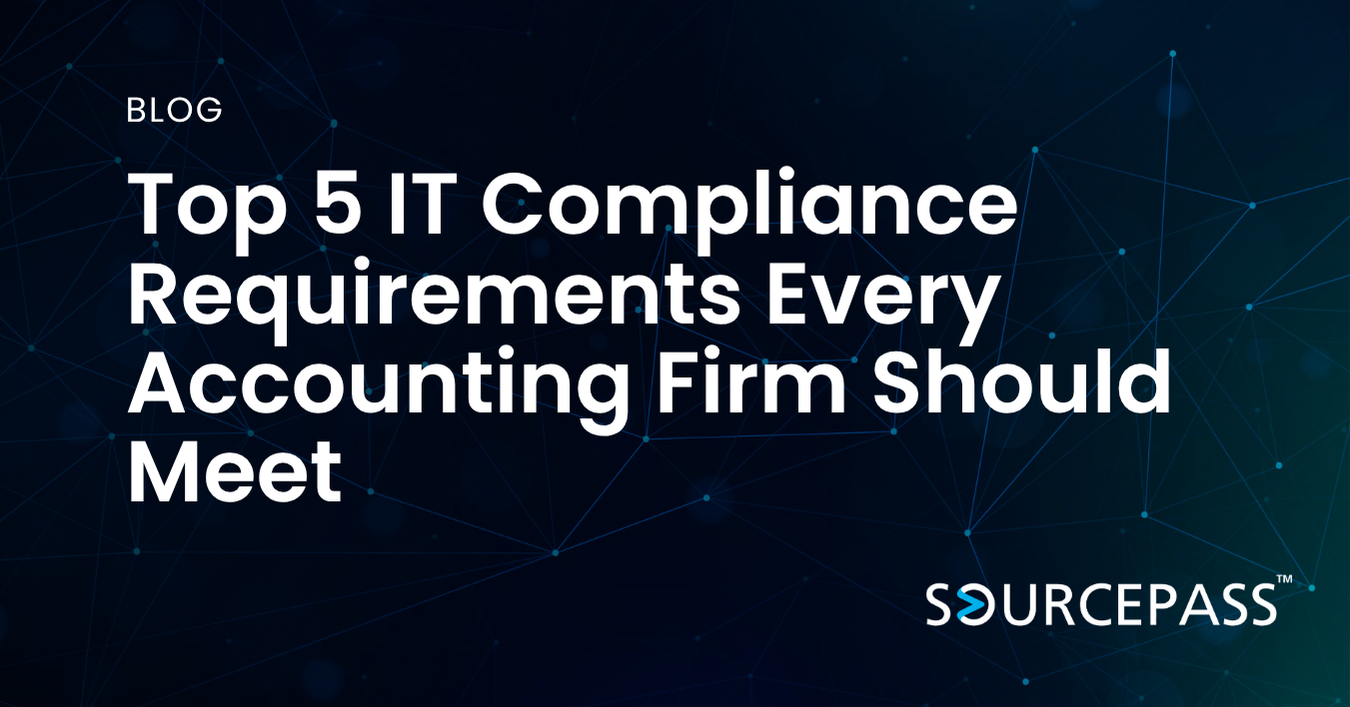The Critical Role of Cybersecurity in Construction
Jul 18, 2025 Alex Davis Industry - Construction | Security & Compliance | Cybersecurity 2 min read



In the construction industry, conversations around cybersecurity often focus on back-office operations—servers, payroll systems, and office networks. But in 2025, cybersecurity in construction extends far beyond the office.
As construction firms adopt mobile devices, connected machinery, cloud-based project management tools, and real-time collaboration platforms, every job site becomes a digital extension of the enterprise. That means cyber risks now impact the field as much as the front desk.
This article explores why cybersecurity is no longer just an IT issue—and why every layer of the construction workflow, from headquarters to the job site, must be protected.
Construction Firms Are Now High-Value Targets
Construction companies manage a surprising amount of sensitive data:
- Blueprints and design files
- Bidding and financial information
- Subcontractor agreements
- Employee PII and payroll data
- Building access systems and IoT devices
Hackers are increasingly targeting mid-sized construction firms that have valuable data but often lack mature cybersecurity protections. According to a recent industry report, 75% of construction firms have experienced at least one cybersecurity incident in the last 24 months.
The Rise of Connected Job Sites = More Attack Surfaces
Job sites have evolved into mobile technology hubs, with:
- Tablets and smartphones running project management apps
- Cloud-based file access (like BIM or CAD files)
- IoT-enabled machinery and surveillance systems
- Remote timekeeping and inventory tracking
Each device, connection, or app is a potential vulnerability if not properly secured.
Field tech security is now just as important as securing your headquarters.
Common Cybersecurity Gaps in the Field
Many job sites operate with fast-moving teams, temporary workers, and limited IT oversight—making them vulnerable to:
- Unsecured Wi-Fi or hotspot use
- Unencrypted data transfers from field devices
- Lost or stolen devices with no remote wipe enabled
- Weak or shared passwords
- Unauthorized access to project documents
Without the right policies and protections, these oversights can lead to costly breaches, delays, and reputational damage.
Real-World Impact: What Happens When Cybersecurity Fails on a Job Site
Consider a real scenario: A construction firm’s site supervisor downloads a critical blueprint on a personal phone that lacks encryption. The phone is lost—and within days, the company’s project plans are leaked online. The breach stalls the project and results in a lawsuit from the client.
Or a ransomware attack that locks access to scheduling and material orders, delaying construction by weeks.
Cyber incidents in construction can halt progress, inflate costs, and damage long-term relationships.
How to Extend Cybersecurity Beyond the Back Office
To effectively protect construction operations, cybersecurity must be integrated across people, processes, and platforms—both in the office and in the field.
1. Enforce Mobile Device Management (MDM)
Use MDM tools to:
- Remotely manage, track, and wipe field devices
- Enforce password policies and encryption
- Control which apps and data are accessible on mobile devices
2. Secure Cloud-Based Tools
Ensure all project management, timekeeping, and design tools have:
- MFA (multi-factor authentication)
- Role-based access control
- Encrypted data transmission and storage
3. Train Field Teams on Cyber Hygiene
Regularly educate on:
- Avoiding public Wi-Fi without a VPN
- Recognizing phishing and social engineering
- Safeguarding physical devices and credentials
4. Standardize Field Technology Use
Provide pre-approved, secured devices for job site work and prohibit access to company systems on personal devices.
5. Implement Incident Response Plans
Make sure every team knows what to do if a device is lost, data is compromised, or suspicious activity is detected.
Conclusion: Construction Cybersecurity Is a Job Site Priority
In today's connected construction environment, cybersecurity is no longer confined to the IT department. Every project manager, foreman, subcontractor, and site supervisor has a role to play in protecting your company’s data, workflows, and reputation.
Cybersecurity must be treated as a job site safety issue—not just a back-office concern.
Need help securing your construction firm—on-site and off? Our team helps AEC businesses build cyber-resilient IT systems that protect your people, projects, and profits.
Subscribe To
Sourcepass Insights
Sourcepass Insights
Stay in the loop and never miss out on the latest updates by subscribing to our newsletter today!
.png?width=500&height=100&name=White%20Logo%20-%20Transparent%20Tag%20(3).png)



